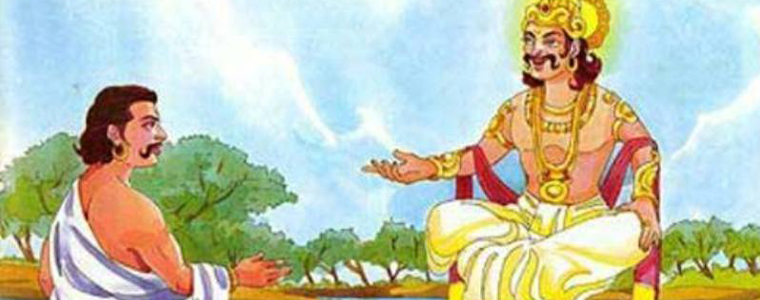Prayers in Tulsi ke Manas mein;तुलसीकृत रामचरितमानस की प्रार्थनाएँ
While Ramcharitmanas is deeply rooted in Indian culture, its themes of love, sacrifice, and righteousness have universal appeal. Translations and adaptations of Ramcharitmanas in various languages have helped spread its teachings and values to a global audience, fostering cross-cultural understanding and appreciation.
Overall, Ramcharitmanas stands as a symbol of India's rich spiritual and cultural heritage, promoting values of compassion, integrity, and devotion that resonate with people from diverse backgrounds worldwide.
वैश्विक प्रभाव: जबकि रामचरितमानस भारतीय संस्कृति में गहराई से निहित है, इसके प्रेम, त्याग और धार्मिकता के विषयों में सार्वभौमिक अपील है। विभिन्न भाषाओं में रामचरितमानस के अनुवाद और रूपांतरण ने इसकी शिक्षाओं और मूल्यों को वैश्विक दर्शकों तक फैलाने में मदद की है, जिससे अंतर-सांस्कृतिक समझ और प्रशंसा को बढ़ावा मिला है।
कुल मिलाकर, रामचरितमानस भारत की समृद्ध आध्यात्मिक और सांस्कृतिक विरासत के प्रतीक के रूप में खड़ा है, जो करुणा, अखंडता और भक्ति के मूल्यों को बढ़ावा देता है जो दुनिया भर में विविध पृष्ठभूमि के लोगों के साथ गूंजता है।
Epic poem in Awadhi language-a dialect of Hindi.
Primarily based on Valmiki's Ramayana but with Tulsidas,s unique devotional perspective.
अवधी भाषा-हिन्दी की एक बोली में महाकाव्य कविता।
मुख्यतः वाल्मिकी की रामायण पर आधारित लेकिन तुलसीदास के अनूठे भक्ति परिप्रेक्ष्य पर आधारित।
Ramcharitmanas is most widely recited and held in most households in India and in the world.It contains 17 prayers , seven in Sanskrit said by Tulsidas jee in the beginning of each kand and one in Hindi. All other prayers are in Hindi and said by others; Uttar Kand 6,Bal kand 4, Aranya kand, 3, Lanka kand,3, Ayodhya Kand 1, and Kishkindha Kand 1; By Shivjee 2, vedas, Sanakadi Rishi, Narad jee, Brahma jee, Atri Rishi, Kaushaliya jee,Indera Dev jee ; one each..
These prayers are very significant and compiled in one book; Details ar given here;
रामचरितमानस भारत और दुनिया के अधिकांश घरों में सबसे अधिक पढ़ा और आयोजित किया जाता है। इसमें 17 प्रार्थनाएँ हैं, जिनमें से सात तुलसीदास जी द्वारा प्रत्येक कांड की शुरुआत में कही गई संस्कृत में और एक हिंदी में है। अन्य सभी प्रार्थनाएँ हिन्दी में हैं और दूसरों द्वारा कही गई हैं; उत्तर कांड 6, बाल कांड 4, अरण्य कांड 3, लंका कांड 3, अयोध्या कांड 1, और किष्किंधा कांड 1; शिवजी 2, वेद, सनकादि ऋषि, नारद जी, ब्रह्मा जी, अत्रि ऋषि, कौशल्या जी, इंद्र देव जी द्वारा; प्रत्येक में एक..
ये प्रार्थनाएँ बहुत महत्वपूर्ण हैं और एक पुस्तक में संकलित हैं; विवरण यहां दिया गया है;
file:///C:/Users/Davendra%20K%20Gupta/Desktop/Ramcharit%20Manas%20ke%20Prarthnayen-by%20Sushma%20Gupta.pdf






